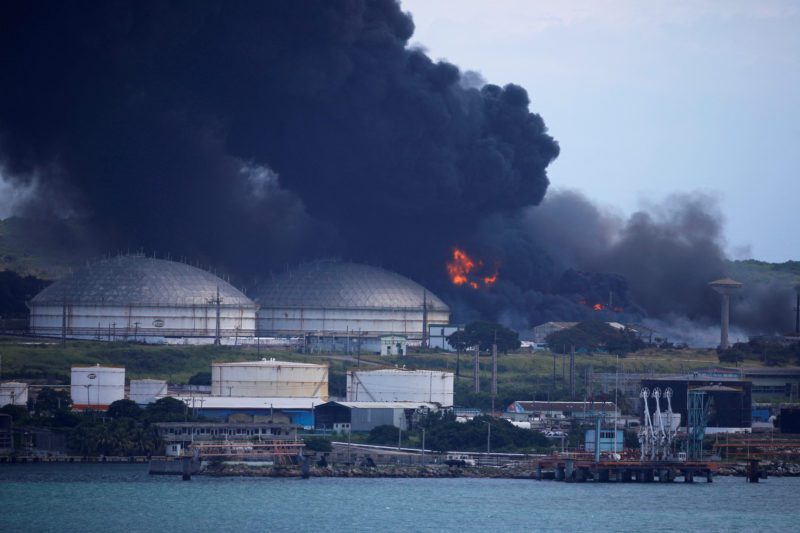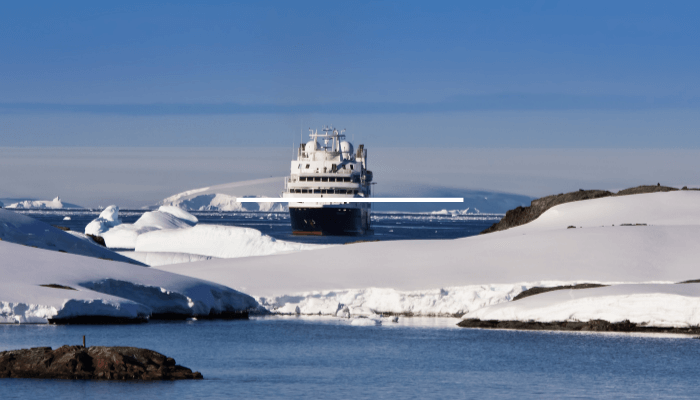-
The Department of Transportation (DOTr) is weighing whether it will extend the operations of the Shippers’ Protection Office (SPO) once the COVID-19 state of calamity expires in September
-
DOTr Undersecretary for Maritime Elmer Francisco Sarmiento said DOTr will evaluate the situation first, as shipping costs, particularly destination charges, remain high
-
An evaluation will find out how effective the SPO has been in resolving complaints
-
No definite date has been targeted for the evaluation but Sarmiento said it is a priority
The Department of Transportation (DOTr) will evaluate relevance of the Shippers’ Protection Office (SPO), whether its operations will be extended once the COVID-19 state of calamity expires in September, according to a DOTr official.
Undersecretary for Maritime Elmer Francisco Sarmiento, in text messages to PortCalls, said DOTr will evaluate the situation first “before we decide to lift the SPO or not,” noting that shipping costs, especially destination charges, “are still high.”
The SPO was created in 2020 through DOTr Department Order No. 2020-008 as part of temporary measures to protect the public during the state of national calamity “from the impact and effects of exorbitant and unreasonable shipping fees resulting in increased prices for domestic consumers.”
The state of calamity under Proclamation No. 1281 will expire on September 12, unless it is lifted before that date or extended. Health Officer-in-Charge and Undersecretary Maria Rosario Vergeire earlier said President Ferdinand Marcos, Jr. has ordered a review of the state of calamity proclamation.
Sarmiento said he will evaluate how effective the SPO has been, noting: “I’ll have to hear from complainants their side if the SPO is effective.”
He said he has no definite date yet on when the evaluation would start, but noted it is a priority.
Under DO 2020-008, the SPO is mandated to protect domestic and international shippers “against unreasonable fees and charges imposed by domestic and international shipping lines.” The SPO should look into “all complaints and issues related to the rates, charges, practices and operations of international and domestic shipping lines in the country.”
The SPO is headed by the Philippine Ports Authority (PPA) general manager as chair and administrator of the Maritime Industry Authority (MARINA) as vice chair. The SPO Secretariat is headed by PPA’s Port Operations and Services Department.
Port users and stakeholders have long asked government to oversee operations of and charges levied by international shipping lines. No government agency has direct jurisdiction over these carriers, although liners’ agents/local offices are required to register with MARINA and to comply with Customs and tax rules.
There had been attempts in recent years to regulate local shipping charges, but all efforts have fallen through.
PPA earlier told PortCalls that as of June 9, 2022 the SPO received 88 complaints and inquiries since its establishment in 2020. Four of the 88 complaints had been addressed. Of these, 18 were resolved/closed, 10 referred to other government agencies, three awaiting comments from subjects of complaints, two for issuance of special orders, and 51 returned for non-compliance with the prescribed format.
Of the total, 68 were complaints against international shipping lines for unreturned container deposit, uncollected container refund, detention charges, demurrage and storage charges, cleaning fees, destination charges, container imbalance charges, empty return location, and unreleased delivery order/container release order.
Other complaints were against terminal operators, a domestic shipping line, a freight forwarder, a trucker, a container yard operator, and a bunkering service provider, according to a 2021 presentation by PPA.
There were also complaints on the increase in sea/air freight charges, change of port of discharge, and wrong gross weight. – Roumina Pablo
Source: https://www.portcalls.com/dotr-to-evaluate-relevance-of-shippers-protection-office/









